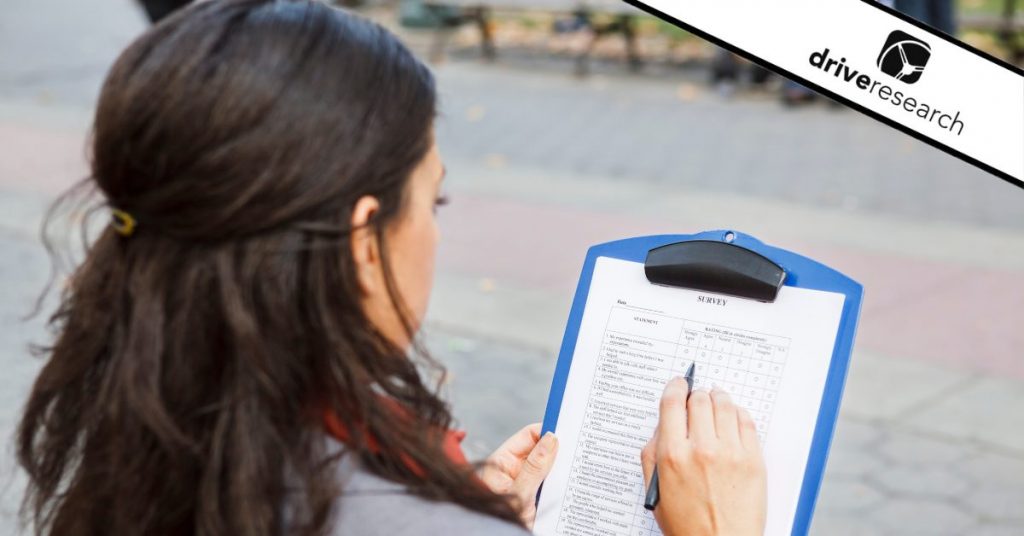
Market research involves many different types of probabilistic and non-probabilistic sampling methods. I previously covered how the industry as a whole is warming up to directional research using convenience and other non-probability samples because of the budgetary and timeline benefits. Another form of convenience sampling is called snowball sampling (often referred to as referral sampling).
What is snowball sampling?
Snowball sampling is a form of sampling which begins by randomly selecting respondents to participate initially. After being recruited, the randomly selected participants then refer others to participate and so on. The snowball effect can continue into 2 to 3 levels (or more) of referrals to assist market researchers with recruitment.
Why has snowball sampling become popular?
This type of convenience sampling assists market researchers who may have a very small list of targeted respondents to work with. Snowball sampling has become increasingly streamlined through social media platforms including Facebook and Twitter. It’s easier now than ever to refer surveys or other market research studies to the masses.
What are the limitations of snowball sampling?
Snowball sampling a form on non-probabilistic sampling. Therefore no margin of error can be applied. It is a form of convenience sampling where data reliability is forgone for speed and quantity of survey completes. Although having some data is better than having none, when working with a snowball sampling approach, you must address potential sample bias.
Contact Us For Snowball Sampling Help
Drive Research is a national market research company. Questions about how our team can assist with your next online survey or phone survey? Contact us at [email protected] or get a custom quote today by clicking the button below.



